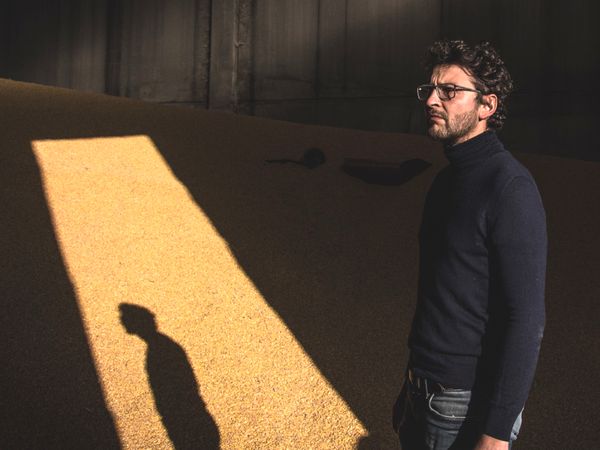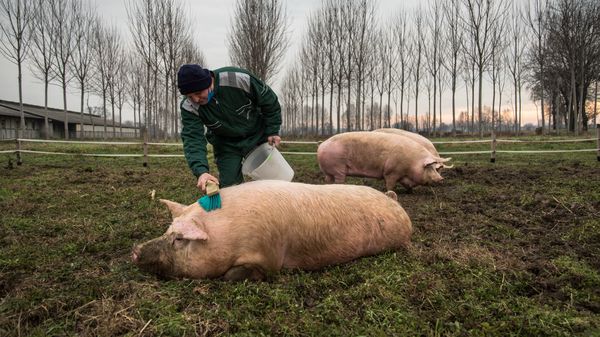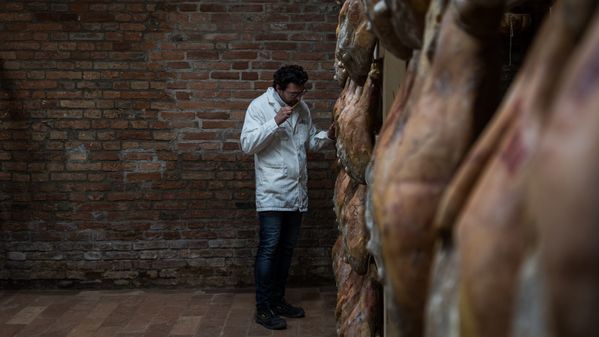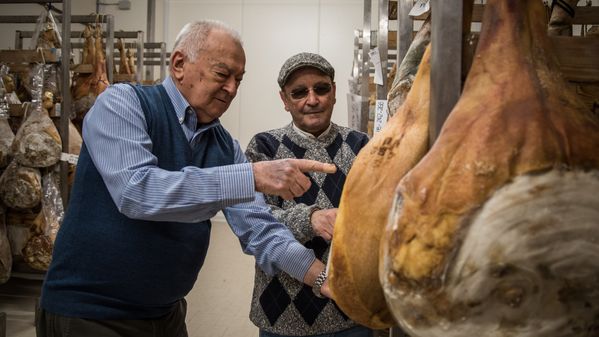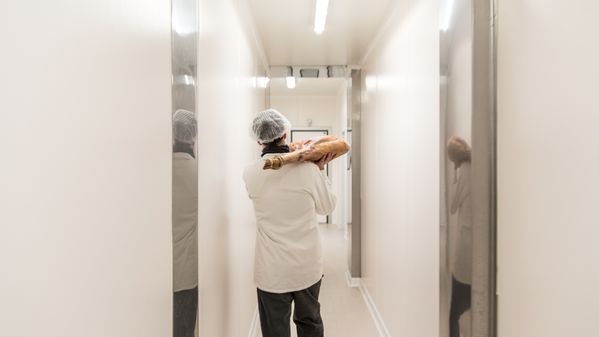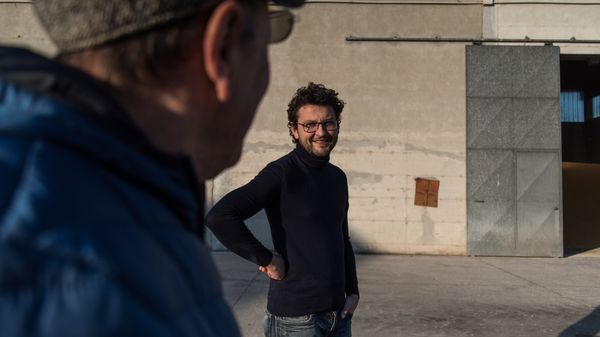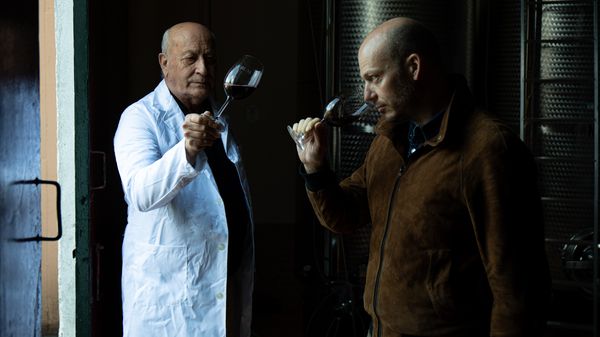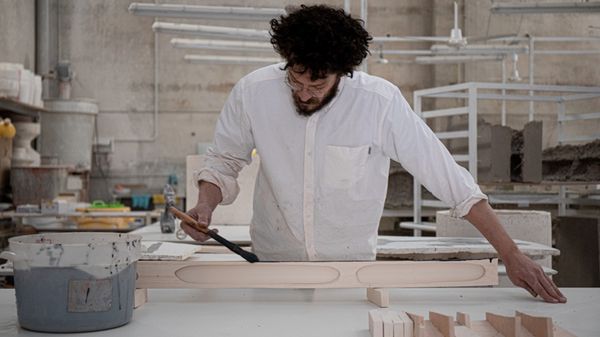
Respected by Gaggenau 2021
By Tom Parker Bowles
This is the story of a pig. The Quiet Pig, to be precise or Maiale Tranquillo®. A big, pale pink porker, slow grown and allowed to live an entirely natural, mainly outdoor life. Selectively bred by the Bettella family from traditional breeds, and fed a bespoke cereal feed that is largely grown in the Northern Italian farmland that surrounds them, its flesh is firm and beautifully flavoured, with a generous layer of fat.
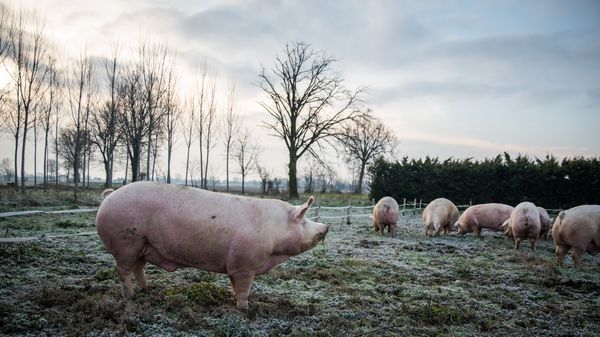

These pigs enjoy two wonderful years before reaching slaughter weight, rather than the six wretched months of the intensively farmed pig. Their meat is sent off to some of the finest artisans in Italy, all local to their home province of Cremona; to Alta Val Parma, for the famed prosciutto crudo; the lower Parma region for culatello; Piacenza for coppa and pancetta, and Bologna for mortadella. From here, using recipes developed by Bettella, and utilising the skills and experience of these traditional masters, the pork is cured and aged, before returning back to the place of their birth to be sold by the Bettella family. A remarkable union of farmer and artisan, and an end product adored by chefs and food lovers the world over.
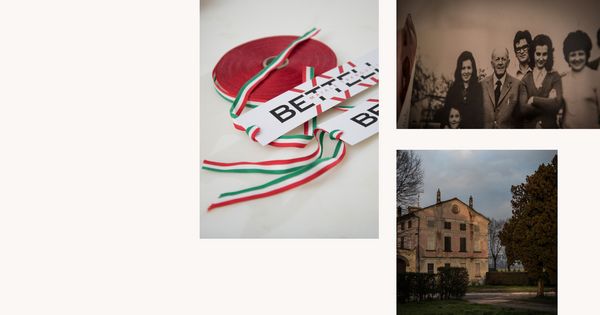

But this is no ordinary tale. Because the Bettella family used to farm pigs on a huge, industrial and intensive scale. Azienda Agricola Bettella is an old company, founded by Angelo Bettella in 1885, with humble roots. By 2000, when the large farm was run by Angelo’s grandsons Guiseppe and Mario, pigs, in huge numbers, were at the farm’s heart.
While they had always dreamed of going back to traditional methods, using smaller numbers of old-fashioned breeds, and not wasting any part of the beast, it was only in 2010, when things really changed. Giuseppe, along with his sons Stefano and Mario, and Mario’s wife Ada, started Maiale Tranquillo® and they moved from industrial pig farming, which they knew so well, to something entirely new.

‘The “Quiet pig” seems to come from a fairy tale,’ says Anna Morelli, founder and Editor in Chief of Cook_inc. and the Respected by Gaggenau Curator, who put Salumi Bettella forward for the accolade. ‘When they decided not to pursue intensive breeding and turn their company around, they become an example of respect and ethical methods of breeding. The name “Maiale Tranquillo®” is not just a brand, it is a philosophy of life and a true search to improve their craft and their product by diversifying and opening their project to other artisans.’

It wasn’t exactly easy, as Stefano Bettella admits. ‘It has been a huge change, with so many risks. It was difficult shifting the whole production. And they’re big animals, so even the machinery had to be replaced, because the old industrial machines were designed for smaller pigs. So yes, everything was different, from the selective rearing to the final curing.’ Mistakes were made along the way too, with the more fatty meat having very different characteristics to the lean, intensively raised animals. But they learnt as they went along. For example, the pigs were far larger, so had less moisture content in their meat. That means they needed to use less salt, not more. ‘We had to learn slowly, by trial and error,’ he says, ‘with the eyes and the hands. And, of course, the taste buds!’

‘The effect of having less animals, made a huge difference to the quality of the landscape, of the nature around us.’
Stefano Bettella, Salumi Bettella

As important as the quality of the meat is, this is all part of a bigger picture, a broader, more long-term plan of sustainability. ‘If we had continued farming in the way we used to,’ he says, ‘it would not have been good. And we would not have been happy. This is a whole different approach.’ The family quickly noticed the changes. ‘The effect of having less animals, made a huge difference to the quality of the landscape, of the nature around us.’
The quality of the soil has massively improved, and the entire ecosystem has thrived. The pigs are allowed to behave naturally, rooting for grubs, snuffling about, socialising with other pigs. They’re not called the ‘quiet’ or ‘calm’ pig for nothing. ‘It was fascinating,’ laughs Bettella. ‘The pigs no longer run away when we approach them. They come to us, and we even play with them. Happy pigs means a happy family. We are so much more relaxed since the change, because we are working on something we love, something we truly believe in.’
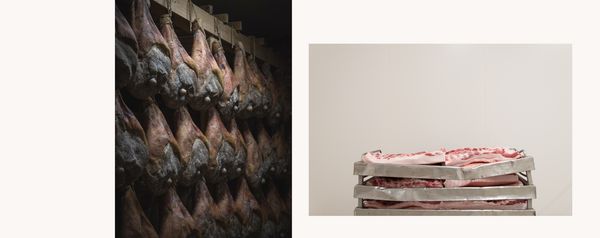

This is one of the main arguments in favour of humane, sustainable farming. It’s not just some intellectual exercise, an empty philosophy, rather the very future of farming itself. Respect the animals, respect the soil, consider the future. As Morelli says, ‘They work to a slower rhythm with unhurried rearing, with huge attention to detail at every stage of production and considerable patience for the extended curing time. They believe that not putting profit first but quality, is the key to creating a long- lasting business. They focus on an eco-sustainable supply chain.’
Terroir, too, is all important. That unique combination of soil, topography and climate - that sense of an edible place. It’s not just their farm, but the artisans they use to cure and age their meat, a choice every bit as important as the rearing of the pig. They add their own taste of terroir, give the meat a part of their own character too. This, for Morelli, is crucial. ‘Once the animals reach the end of their long and peaceful existence, the Tranquillo Pig takes different paths depending on its destination and above all the territory to which it is suited. Each category of cured meat receives different treatments from pork butchers with experience and skills shaped on the basis of traditions that are often centuries old, but above all linked to a place or area in an essential way.’


Take the Prosciutto Crudo, made from the rear haunch of the pig, and aged for at least 16 months. It has only two ingredients, sea salt and pork. Along with the cool, dry, aromatic air of the region that helps give the ham its characteristic sweetness. ‘The artisan in Parma cures the ham, and ages it for about 20 months,’ says Bettella. ‘Then it comes back to us. We have one ham that has been aged for 10 years. It’s incredible.’ The XXL Riserva, which has been aged for more than 36 months, is more edible work of art than mere ham. With a perfect balance of the sweet and intensely savoury, it’s rich and complex, with a finish that rolls languorously across the tongue. As for the fat, you could happily eat this silken, alabaster bliss on its own.
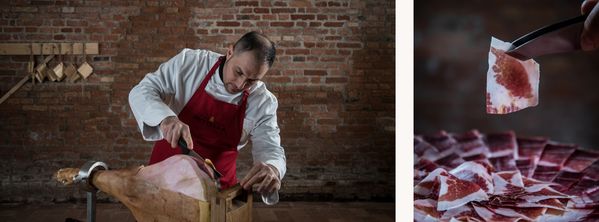

Which you can do, albeit in different form with their lardo, cured fat, made in the Aosta Valley, tasting as rich as a nobleman of Bologna, and as sweet as a first kiss. Better still, thanks to the quality of the Maiale Tranquillo®, and their special cereal feed, high in oleic acid, which helps fight bad cholesterol. Eat fat, be happy and healthy too.
So the story of Maiale Tranquillo® is about more than one pig, and one family. It’s a tale of change, of progress, of hope for the future. The Bettella family transformed from being hugely successful intensive pig farmers on a massive scale, to farming in a far smaller, more sustainable way. Not only are the ‘Quiet pigs’ happier, and healthier, but so are the farmers and the fields. Their customers too, eating some of the finest ham and salami there is. This passion, this obsession with everything from breed to feed, butchery to curing, creates a unique and brilliant product. Where they lead, others can follow.
‘It looks like things are changing,’ says Bettella. ‘But it’s a question of everyone getting involved in this sort of farming.’ He says accolades like Respected by Gaggenau are crucial too. ‘We’re very proud to get the award. And happy. I hope it makes my family, and this beautiful project, well known outside Italy. I would love to share our dream with the rest of the world.’
Images and film by Parallelozero

